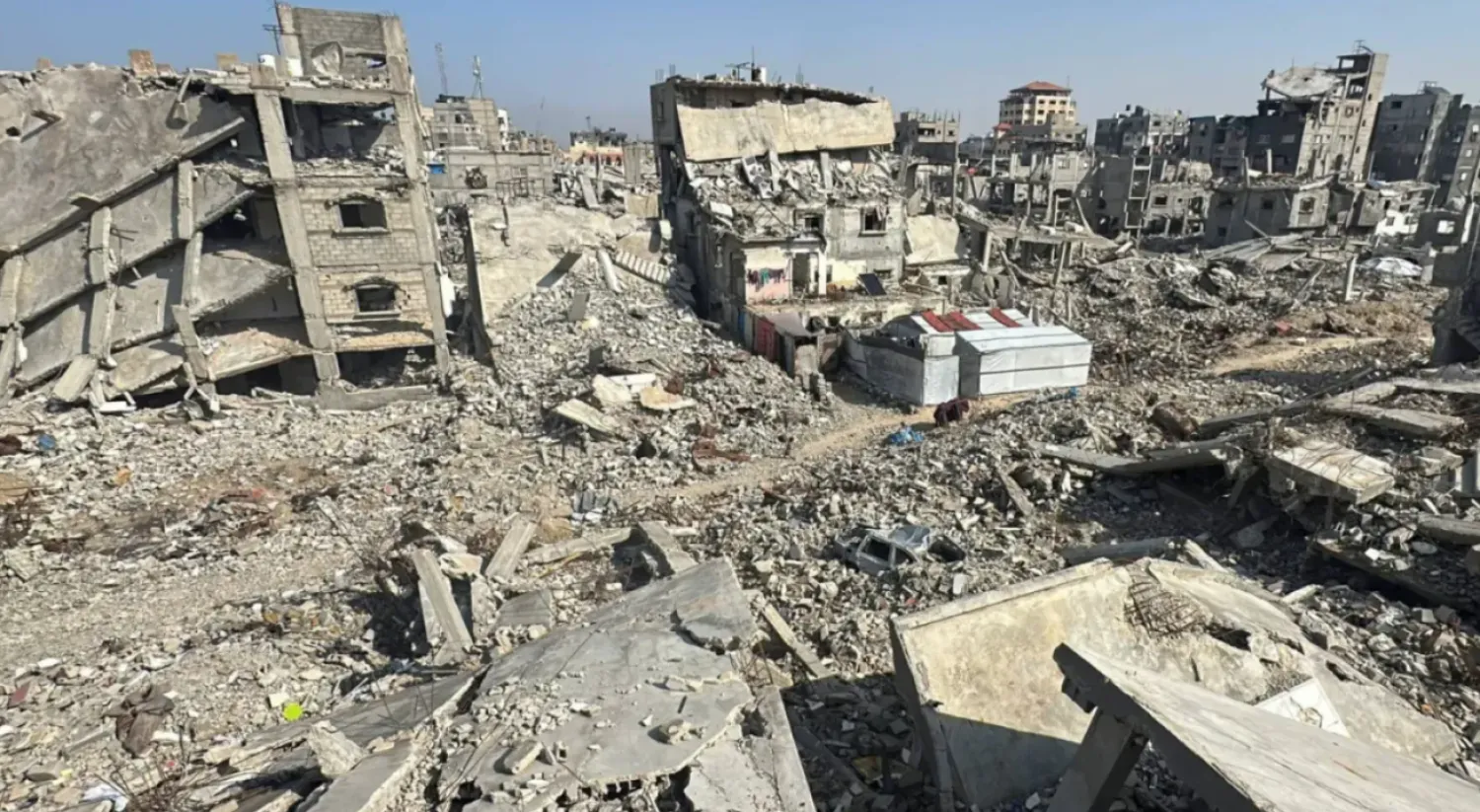Clashes intensified between the pro-Türkiye Free Syrian Army (FSA) and US-backed Kurdish Syrian Democratic Forces (SDF) in northern and northeastern Syria.
Fighting was reported in the Manbij countryside in Aleppo’s eastern countryside. The SDF is attempting to recapture Manbij after losing it to the factions earlier this month.
Meanwhile, Turkish drones struck SDF positions near the Tishrin Dam. The warring partis also traded artillery and rocket fire, leaving six FSA and three SDF members dead, said the Syrian Observatory for Human Rights on Sunday.
Eighteen days of fighting have left 152 civilians and combatants dead, said the Observatory.
Amid the clashes, gunmen from the Peace Spring Operation factions in northeastern Syria are seeking to return to their original areas now that the Syrian regime has been toppled. The leaders of the factions are, however, arresting any member who refuses to continue to fight or attempts to leave to the area they came from.
Meanwhile, the US-led anti-ISIS international coalition and the SDF held joint training exercises in the Qasrak base in the Hasakeh countryside.
Fighters were trained in the use of heavy weapons and raising their combat readiness.
The coalition continues to bolster its military capabilities in north and eastern Syria and it regularly brings in military reinforcements to the region.
On Saturday, they brought in 50 trucks loaded with armored vehicles and logistic support material. Arriving through the al-Walid crossing with the Iraqi Kurdistan Region, the trucks headed to the coalition bases in northern and eastern Syria.
The US views the People’s Protection Units (YPG) - the largest group of the SDF – as a close ally in the fight against ISIS, stoking tensions with Ankara that views the group as terrorist and an extension of the outlawed Kurdistan Workers’ Party (PKK).
Ankara wants to eliminate the presence of the Kurdish group in northern and eastern Syria.









